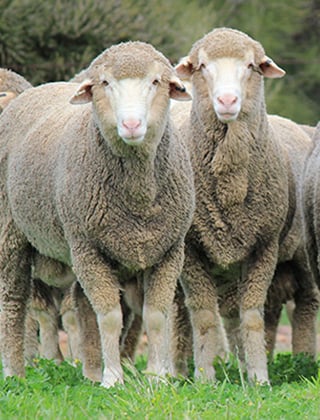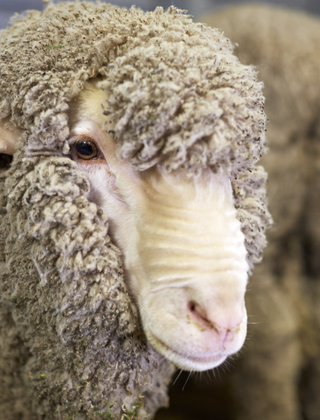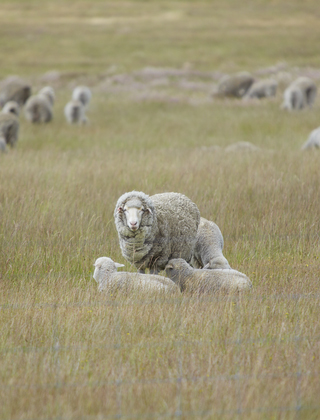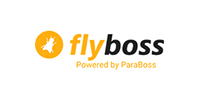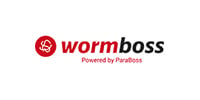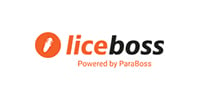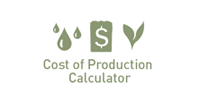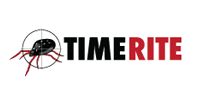Welcome to Australian Wool Innovation, a hub for the woolgrowers of Australia.
Not a woolgrower? Looking for information about wool products, wool care or wool processing?
The Woolmark Company is the global authority on wool. Visit Woolmark.com instead.
Profitability per hectare evaluation added to Australia's largest sheep experiment
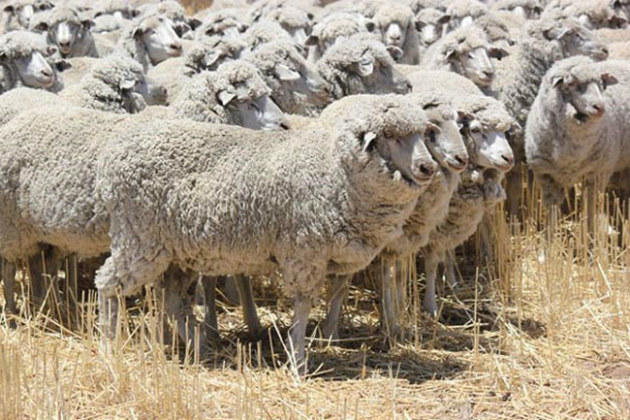
A new trial to improve the estimation of profitability per hectare has been added to the Merino Lifetime Productivity project (MLP).
2016 and 2017 progeny from the MLP project will be involved in the new trial to research the correlation between genetics and profit per hectare
The four year project will assess the viability of practical feed efficiency assessments using new ways of measuring and comparing feed intake, body composition and productivity. These will inform new and improved methodologies of profitability per hectare across all sire groups within the MLP project. They could also improve the existing methodologies - wether and ewe trials, Grassgro, MIDAS and SheepObject modelling.
The 2016 and 2017 drop F1 wethers from 29 divergent AI sires at the Pingelly MLP site in WA will firstly be assessed in an animal house to validate predictions of feed intake, body reserves and productivity under differing levels of nutrition and then under normal grazing conditions. If successful, the assessments will then move to the F1 ewes in the Merino Lifetime Productivity trial. The technology making this possible are new 'wearable sensors' and other methods to measure feed intake under grazing conditions and the new DEXA carcass scanning machine.
Currently the extrapolation of per head productivity to per hectare is based on animal liveweight and the typical increase in energy requirement of heavier animals. These assumptions predict lower stocking rates and therefore lower profit per hectare for heavier genotypes, however, there are more factors than just live-weight that determine the number of animals carried per hectare. There are also likely to be sire differences within a type.
Using the results of the AWI funded project 'Selecting Sheep for a Resource Limiting Environment', this project will trial new methods to assess profit per hectare. The Resource Limiting Environment project found that optimum stocking rate and level of grain feeding had a tight relationship with change in whole body energy stores and feed intake.
Geoff Lindon, Program Manager for Genetics and Animal Welfare Advocacy at AWI said, "the new feed intake and body composition assessment tools along with the existence of the MLP F1 ewes and wethers has created an opportunity to make significant improvements to the economic evaluation of genetic bench marking."
Dr Andrew Thompson from Murdoch University said "it has taken 10 years of on-going discussion and technology advances for this work to reach this significant stage. If successful at the Pingelly site it could then roll out to the other four MLP sites. The eventual aim is to improve the estimation of profitability of the MLP sires and sire groups across all sites by demonstrating the importance of more accurately estimating profit per hectare."
The Pingelly F 1 ewe weaners and hoggets will be available for inspection at a field day from 1pm to 5pm on Wednesday March 28th. Details about the Pingelly Field Day can be found here.






